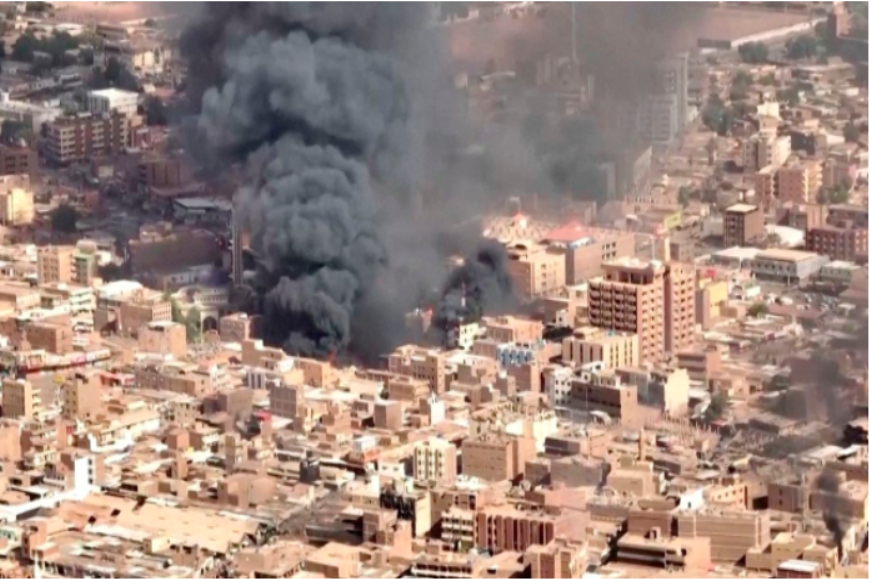Physical Address
Indirizzo: Via Mario Greco 60, Buttigliera Alta, 10090, Torino, Italy
Physical Address
Indirizzo: Via Mario Greco 60, Buttigliera Alta, 10090, Torino, Italy


From the Sudanese capital, Khartoum, the director general of the International Organization for Migration (IOM), Amy Pope, described a catastrophic situation in a country ravaged by more than two years of conflict.
According to her, the capture of El Fasher, capital of North Darfur, on October 27 by the Rapid Support Forces (RSF) caused a mass exodus. After more than 500 days of siege, the paramilitary militia captured the last major town still held by the Sudanese army in this region of the west of the country. Further east, in Kordofan state, around 50,000 people were also displaced during the same period.
Since the capture of El Fasher, testimonies have multiplied on “generalized violence, sexual abuse, and civilians who are sometimes shot on the spot” by the RSF, according to Ms. Pope. Gang rapes, arbitrary executions and the targeting of humanitarian staff have also been reported in the region, as large numbers of residents try to take refuge in the town of Tawila, 70 km from El Fasher. With more than 600,000 displaced people, Tawila has become the epicenter of the humanitarian crisis in Darfur. Last week a report from Yale University’s Human Rights Monitoring Laboratory was able to show traces of mass killings in the besieged city via satellite images.
The International Criminal Court, for its part, expressed its concern about a possible genocide in El Fasher, where the RSF are suspected of targeting civilians because of their ethnicity and of attacking mainly non-Arab populations.
While the situation in Sudan constitutes the world’s largest displacement crisis, with a total of 10 million displaced within and outside the country since the start of the civil war in April 2023, humanitarian assistance remains largely underfunded. Despite the growing media coverage of the crisis and the interest of private donors, “financing the response [humanitaire] is only 8%, […] is well below critical needs,” according to Ms. Pope.
Humanitarian aid is not enough
Concretely, this underfinancing has repercussions on the material, medical, food and psychosocial assistance that the humanitarian teams offer on site: “In Port Sudan, we have fewer than 5,000 aid kits for the populations. The last 35 tents we had in stock have been distributed. We are currently waiting for around 2,000 tents which are still stuck at customs, but as you can imagine, given the scale of the population movements that I have described, 20 tents will not be enough,” laments the general director. Tom Fletcher, the UN humanitarian chief, was also visiting Sudan, where he recently allocated $20 million from the organization’s Central Emergency Response Fund to scale up life-saving aid to Tawila and Kordofan. Mr. Fletcher spoke Tuesday with transitional government officials, including army chief Abdel Fattah al-Burhan, in Port Sudan on the Red Sea, where Sudanese authorities have retreated, fleeing instability in the capital. On this occasion, he also met with the Egyptian Minister of Foreign Affairs, Badr Abdelatty, in order to find peaceful and political solutions to the Sudanese crisis.
While more than 90,000 people have fled massacres in the town of El Fasher, Sudan, over the past two weeks, the UN deplores the lack of funding for the humanitarian response for the country, limited to 8% of needs.
Access to critical areas is one of the biggest obstacles that humanitarian agencies face on site given the financial resources at their disposal.
Samir Sabek